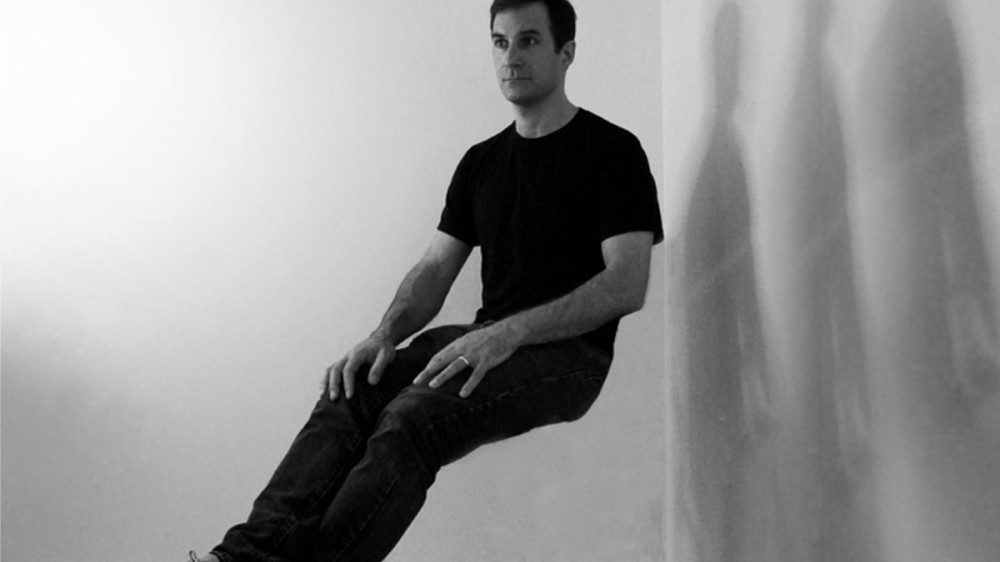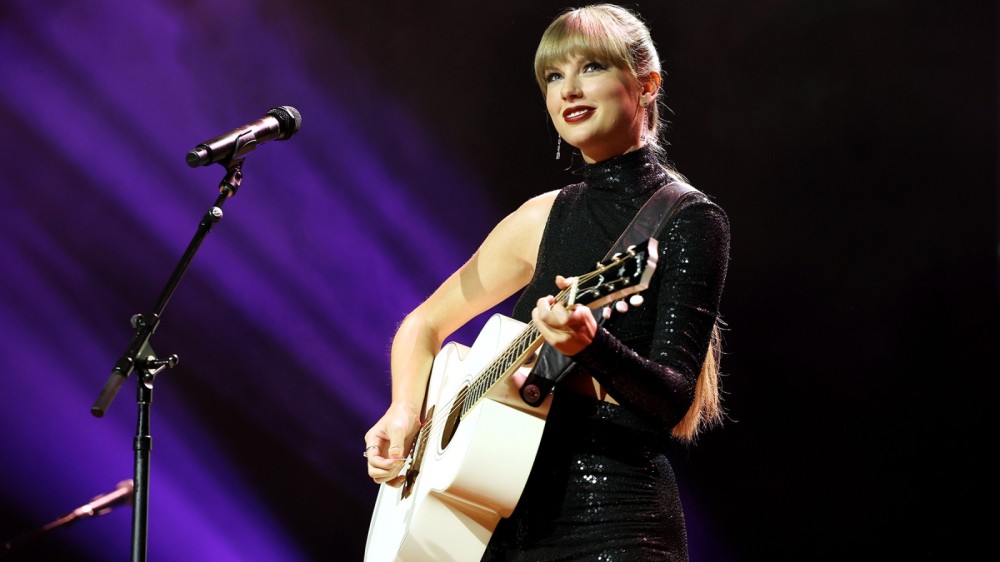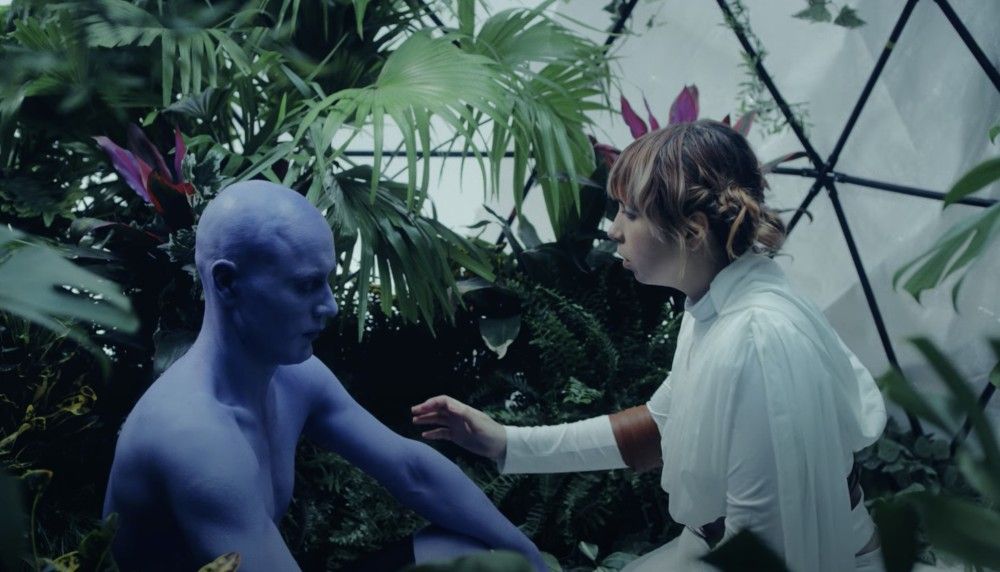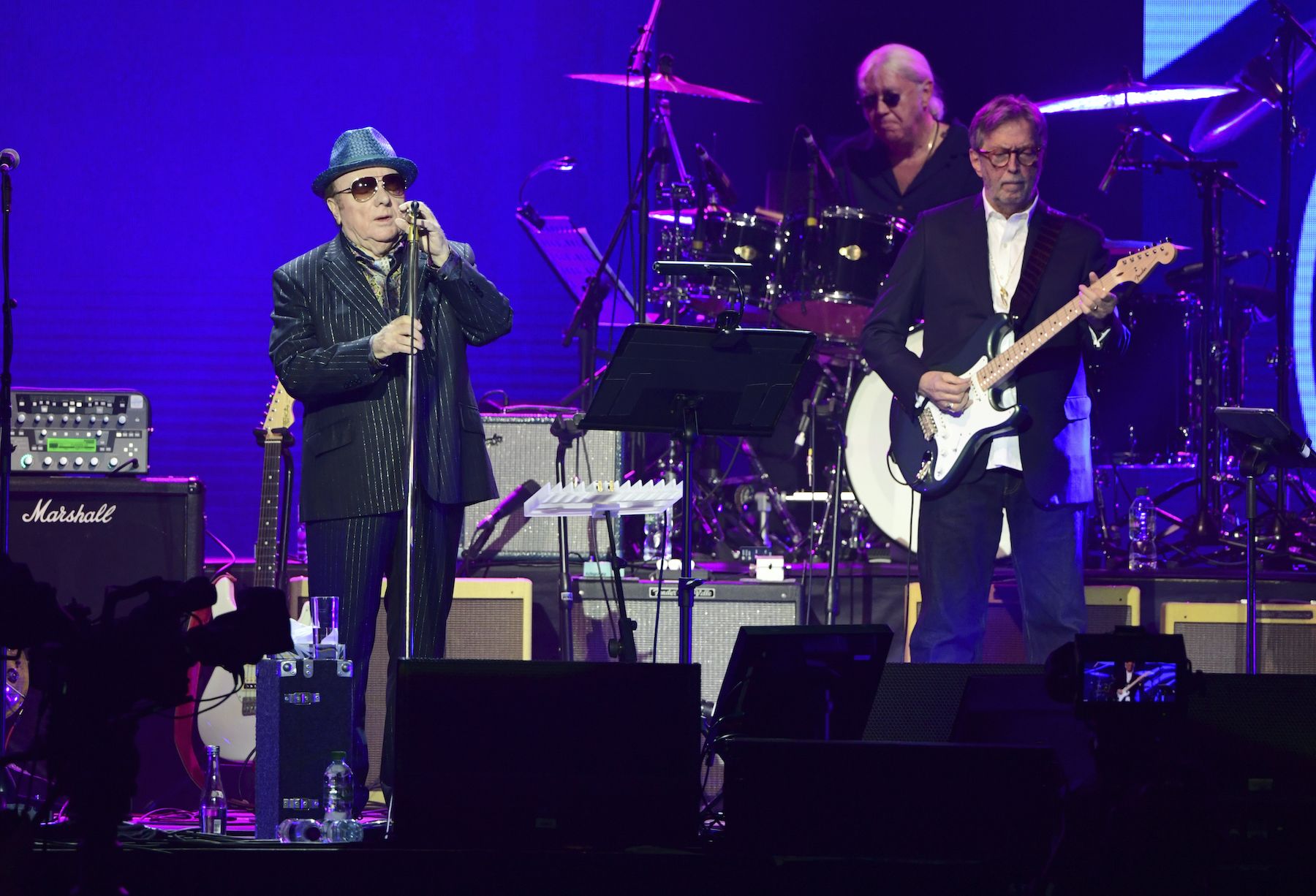
Hagop Tchaparian Made One of 2022’s Best Dance Albums Out of Sonic Memories
One of the first sounds you hear on Hagop Tchaparian’s debut album Bolts is that of the British-Armenian artist quite literally following his family’s footsteps. That soft pulse of shoes on gravel, treading beneath the twangy loop of the 26-stringed Arabic instrument, the qanun on “Timelapse,” was recorded in Musa Dagh, Turkey, where several Armenian villages were once located. That’s where Tchaparian’s father was born — and from where he had to flee with his family at age three.
“I wasn’t intentionally trying to record my footprints,” Tchaparian tells Rolling Stone. “I was just recording and walking around, and when I heard it later, I was like, ‘Wow, those footprints…’ It just seemed to have some kind of meaning for me.”
For Tchaparian, sound recordings serve the same function as photographs (or the Madeline did for Proust): “The sound directly transports me somewhere,” as he puts it. He’s been making these recordings ever since he was a kid, capturing his life and travels on everything from cassette dictaphones to his iPhone to handheld camcorders (even if he’s ultimately less interested in the video). The massive archive he’s assembled is central to Bolts — out today, Oct. 21, via Four Tet’s label Text — a brilliant, inventive collection of club-ready dance music steeped in memory, personal history, and the everyday noise of life.
Tchaparian, who grew up and still lives in London, got his start as a guitarist in the English rock band Symposium, which found decent success at home (and even a bit abroad) in the mid-to-late Nineties. But Tchaparian was always more excited by dance music. After Symposium split in 2000, he immersed himself in that world, growing close with the likes of Four Tet and Hot Chip, working as a tour manager and doing other behind-the-scenes jobs. He took on remix projects, too, and messed with synthesizers, but didn’t really find any inspirational purchase until around 2014 when he began to meld his music with his trove of sonic memories.
“I would play around with a synthesizer and just think, ‘Well, that sounds like everything else, and it doesn’t mean much to me,’” Tchaparian recalls. “Whereas, ‘I was in this village in the middle of nowhere, somewhere, and these guys are playing a drum and I recorded it. Where’s that?’”
One such drum that’s “haunted” Tchaparian for years was recorded in Anjar, Lebanon, during an annual celebration commemorating the arrival of the Armenian refugees forced out of their homes in Musa Dagh in 1939 — including Tchaparian’s father and his family.
“Everyone was going wild,” Tchaparian remembers. “They play this drum and have these hypnotic instruments, and everybody was dancing. I could just feel this electricity in the air.”
Tchaparian brought that electricity to “Flame,” a nearly-nine-minute stunner that illuminates the emotional core of Bolts and the universal euphoria that emanates from it. Tchaparian says he didn’t set out to “make a statement” with the album, though he’s clearly pleased that a narrative acknowledging family, history, and diaspora has flowed so naturally from this melding of music and memory. Some awe’s still stuck in his voice as he recalls a recent live performance of “Flame”: “It was amazing to feel the vibe of the room, thinking about where this came from to here… It’s kind of mind-blowing.”
Along with the sounds Tchaparian recorded in Anjar and Musa Dagh, Bolts contains everything from the ambiance of a New Zealand rainforest to the roaring crowd and fireworks at a Lebanese football match to the Euro trance thumping through the speakers of a taxi cab in Jordan. Several songs — like the aforementioned “Timelapse” — contain samples of recordings Tchaparian made of two conservatory-trained qanun players he met on the street in Armenia. Though obviously exceptionally talented, Tchaparian says there were still remnants of the regimented “Soviet-style, rote learning system” in their playing. He invited them to an art space, typically used for painting classes, to make another recording, encouraging them to play outside that old academy style.
“Eventually, they just let loose, and I captured some of that,” he says. “It wasn’t necessarily the most energetic, but it was extremely emotional, and I found myself tearing up at one point… It was worth it just to stand there and feel the emotion coming out of these people who had played this instrument their whole life and nothing else.”
While making Bolts, Tchaparian was conscious about not letting his own music hit rote notes of its own. “I’ve heard quite a few recordings where people have used instruments, like the ones I’ve recorded, and they’ve just put a beat underneath it,” he says. “I felt I could represent the feeling at that time… When I hear those recordings, I want to honor the emotion, but then there’s also the excitement of pairing it with weird sub-bass.”
Creating any kind of art is often an all-consuming endeavor, and for Tchaparian making a song can sometimes take him “too close to the coalface, and I can’t hear it again for a little while.” But he knows he’ll that when he returns to it, it’ll still have that power to transport. “That’s really important to me, as opposed to like, ‘Oh, here’s just, you know, Café del Mar or something.”
Knowing the stories, the personal and historical context embedded in all the sounds on Bolts isn’t essential to appreciating it. It’s still a defining feature and the kind of rabbit hole that offers up bountiful rewards to deep listeners. But ultimately, Bolts succeeds because it was designed with the care, energy, and intent at the heart of all great dance music (to make you dance, duh). Even Tchaparian’s 89-year-old father — who’s lived so much of the history on this album — can sense that.
Over the summer, Tchaparian brought his dad to a big outdoor show he played with Four Tet. The final song of his set was the Bolts highlight, “Right to Riot,” a stunning storm of controlled techno chaos rippling with sounds recorded in Los Angeles, Paris, and Anjar. As the track roared, Tchaparian’s dad stepped into the DJ booth, stood next to him, and started dancing.
“I don’t think he’s fathomed exactly how I made it,” Tchaparian says with a laugh. “But he’s definitely jazzed about it.”




